#African Military
Explore tagged Tumblr posts
Text
Military History of the Mali Empire: Dominance and Legacy
The military history of the Mali Empire is a fascinating saga of warfare, strategy, and cultural influence spanning from the mid-13th to the late 15th century. At the heart of this empire’s military prowess lay the Mandinka people, whose military culture and organization left an indelible mark on the history of Western Africa. This period marked a significant transformation and expansion of the…

View On WordPress
#African military#Mali#Mali Empire#Mali History#Mandinka people#military history of the Mali Empire#West African#West African history
5 notes
·
View notes
Text
youtube
#youtube#militarytraining#Defense Cooperation#Southern Accord 2024#Armed Forces Collaboration#Botswana Defence Force#Botswana Military#Global Security#Military Show#Joint Military Exercise#Military Partnerships#Peacekeeping Operations#Tactical Exercises#US Military#US Army#US-Botswana Relations#Military Tactics#Military Training#International Military#African Military#Military Demonstration#Southern Africa
1 note
·
View note
Text

Ensign Jesse L. Brown, the first African-American aviator in the US Navy, in the cockpit of a Corsair fighter in 1950.
➤U.S. AIRCRAFT SERIES: https://dronescapes.video/US
➤HD IMAGE: https://dronescapes.video/JesseBrown
#aviation pioneer#aviation history#youtube#aircraft#airplane#aviation#dronescapes#documentary#military#pioneer#f4u corsair#african american#african america history
74 notes
·
View notes
Photo

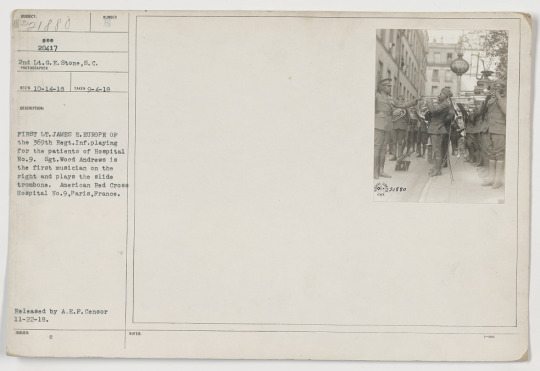
1st Lieutenant James Reese Europe and the 369th Infantry Regiment Band (the Harlem Hellfighters) play for patients in the American Red Cross Hospital No. 9, Paris, France, September 4, 1918.
Record Group 111: Records of the Office of the Chief Signal Officer
Series: Photographs of American Military Activities
Image description: 1st Lieutenant Europe conducts a brass band who are standing in rows outside a building. All of the men are wearing WWI Army uniforms. A sign in the background reads HOTEL TUNIS. This regiment, the “Harlem Hellfighters,” was made up of all Black soldiers.
Transcription:
SUBJECT: 111SC 218880
NUMBER E
see 20417
2nd Lt. G. E. Stone, S.C.
PHOTOGRAPHER
REC'D 10-14-18
TAKEN 9-4-18
FIRST LT. JAMES E. EUROPE OF the 369th Regt. Inf. playing for the patients of Hospital No. 9. Sgt. Wood Andrews is the first musician on the right and plays the slide trombone. American Red Cross Hospital No. 9, Paris, France.
#archivesgov#September 4#1918#1910s#World War I#WWI#Black history#African American history#369th Infantry Regiment#Harlem Hellfighters#military#U.S. Army#band#music#trumpet#trombone#James Reese Europe
214 notes
·
View notes
Text

Official-style portrait for Riley on Telegram.
#furry#anthro#furryart#uniform#military#awd#african wild dog#chest rig#armor#military uniform#combat uniform#beret
75 notes
·
View notes
Text
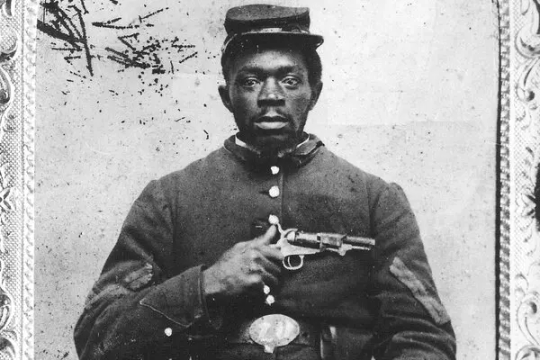
What happened to colored troops taken POW by Confederates in the Civil War?
Three-fifths of all African troops in the Union army were former slaves and those that fought in combat units did so at great risk to their lives (beyond the expected risks associated with combat). The Confederate government’s official position was that black POWs would be executed, reclaimed by their former masters or sold into slavery. Lincoln’s threats of reprisals helped minimize the impact of Confederate actions.
Details of the brutality African soldiers suffered are known, but with less specificity. We know of the multiple slaughters of surrendering or captured blacks that occurred. And, we know that armed Africans were the South’s worst nightmare as southerners were terrified that the example of these soldiers would “infect” the rest of the slave population and inspire them to take-up arms against their enslavers. In southern eyes, that alone warranted the harshest treatment for captured Africans.
What is clear is that these soldiers faced harsher and more cruel treatment at the hands of their captors than did their white counterparts. We know with clarity the physical violence that slaves suffered pre-war as well as after the war. Further, while 14% of Union prisoners died while being held as POWs and 11.8% of Confederate POWs died in northern captivity, historian Caroline Newhall notes that almost 35% of African POWs died in southern captivity. These data points converge with official Confederate statements and southern attitudes on slaves as property and provide strong evidence of the cruelty African Union soldiers faced.
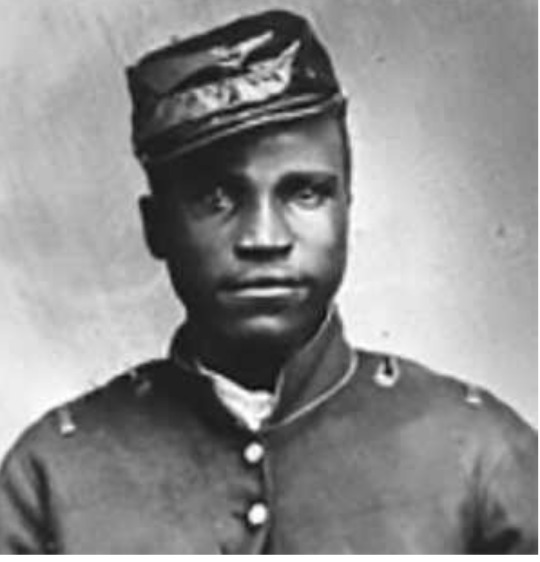
Cruelty and atrocities against African Union soldiers were not random acts of war, but were legislated and directed by the Confederate Congress and Jefferson Davis himself.
In late 1862, Davis stated: “All negro slaves captured in arms be at once delivered over to the executive authorities of the respective States to which they belong.” A resolution later adopted by the Confederate Congress provided that all “negroes or mulattoes,” slave or free, taken in arms should be tried for inciting servile insurrection and be subject to the death penalty.
In a letter to General Beauregard on this issue, The Confederate Secretary of War pointed out that "Slaves in flagrant rebellion are subject to death by the laws of every slave-holding State" but that "to guard, however, against possible abuse...the order of execution should be reposed in the general commanding the special locality of the capture."
Lincoln responded to this by threatening to retaliate against Confederate prisoners whenever African soldiers were killed or enslaved.
Davis publicly denounced Lincoln’s order; but, it did have — for the most part — the desired effect, as most African prisoners were not treated with the harsh justice mandated by Confederate policy, even though the Confederacy never officially acknowledged African-Americans as P.O.W.’s. Instead, what emerged were inconsistent practices in dealing with captured African American troops, depending on the time, place and the commander into whose hands they fell. Indeed, some Confederate officers encouraged the killing of African-American soldiers rather than taking them prisoner, and the atrocities committed against surrendering African soldiers at Poison Spring, Fort Pillow and Petersburg are now well known.
If not executed, captured African soldiers often found themselves treated very differently from white prisoners. Instead of being confined to camps, many African-American prisoners were put to forced labor.
As Robert Jones, a African soldier captured at Milliken’s Bend, La., recalled, “They took me to … Rust, Tex., where they … had me at work doing every kind of work, loading steamboats, rebuilding breastworks, while I was in captivity.”
Near Fort Gilmer, Va., captured African troops were forced to work under enemy fire in the trenches. In retaliation, the Union general Benjamin F. Butler placed an equal number of Confederate P.O.W.’s on forward trenches. Within a week, the African prisoners were removed from the front lines.
The sentiment that Africans under arms aroused -- along with the ingrained hostility of many Confederate soldiers -- set the stage for wartime atrocities. The most notorious incident occurred at a small Federal outpost north of Memphis, Tennessee, where Confederate cavalrymen under Nathan Bedford Forrest attacked Fort Pillow, which was garrisoned by about 500 troops.
More than half of the soldiers were African. The superior Confederate force overwhelmed the fort's defenders; Union casualties were high. But after the Federals surrendered, Forrest's men shot and killed a number of unarmed soldiers and officers, both black and white.
In October 1864 Saltville, Virginia, Confederate soldiers executed unarmed African prisoners, even raiding a hospital on two separate occasions and murdering wounded Africans in their sickbeds.
High casualty rates in combat were also common for African American units — usually for two reasons. First, since Africans had not previously served in the military, they were inexperienced fighters. Second, feeling social pressure to prove themselves as men, they often took risks on the battlefield that their white counterparts would not.
But, despite facing intense racism and humiliating treatment from their own white colleagues in arms, Africans excelled in combat, providing an additional, critical edge in manpower to what the Union already possessed.
One Union captain explained the significance of African military participation on the attitudes of many white soldiers. "A great many [white people]," he wrote, "have the idea that the entire Negro race are vastly their inferiors. A few weeks of calm unprejudiced life here would disabuse them, I think. I have a more elevated opinion of their abilities than I ever had before. I know that many of them are vastly the superiors of those...who would condemn them to a life of brutal degradation."
Of the 180,000 African Americans who fought for the Union, 37,300 died. More than 20 African Americans were awarded the Congressional Medal of Honor, the nation's most prestigious military decoration. Fourteen of those men earned their medals at Chaffin's Farm.
#african american#african#afrakan#kemetic dreams#brownskin#afrakans#brown skin#africans#african history#african american history#medal of honor#chaffin farm#military#military history
382 notes
·
View notes
Text

Amuletic Dagger. Morocco. 19th Century CE. Moroccan Jewish ritual dagger.
The Jewish Museum, New York.
#art#culture#military history#dagger#sword#swords#morocco#moroccan history#jewish history#jewish fashion#Jewish#modern history#north africa#north african history#the Jewish museum
22 notes
·
View notes
Text
Valor Unbound: The Legacy of the 54th Massachusetts Infantry Regiment

Happy Black History Month!
This week, we are highlighting the honor and bravery of the 54th Massachusetts Infantry Regiment, one of the first African American units in the Civil War. Established in 1863, following the Emancipation Proclamation, the formation of the regiment marked a pivotal moment in military history, challenging racial barriers and setting a precedent for the inclusion of African Americans in the United States military.
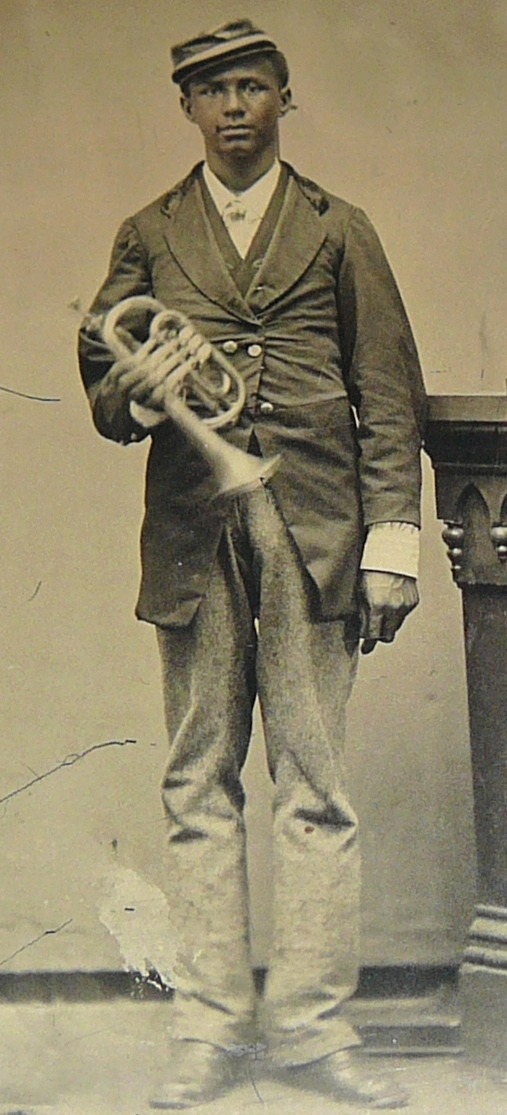

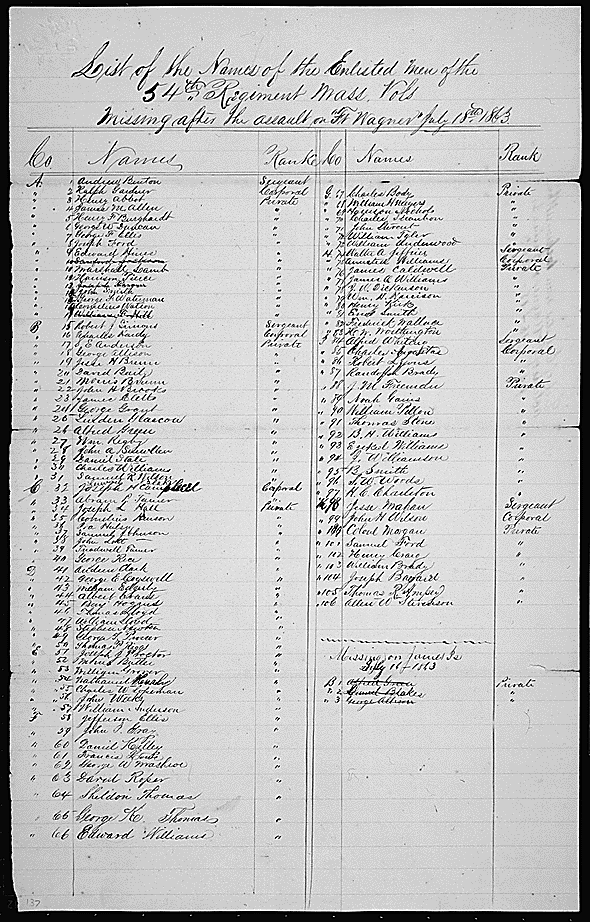
Under the leadership of Colonel Robert Gould Shaw, the 54th Massachusetts consisted of free African American men and escaped slaves eager to fight for the Union and the freedom of their fellow Americans. Their most notable engagement, at Fort Wagner, South Carolina, showcased their courage and determination. Though the battle was fierce and the regiment suffered heavy casualties, their sacrifice significantly bolstered the Union’s morale and support for African American soldiers.

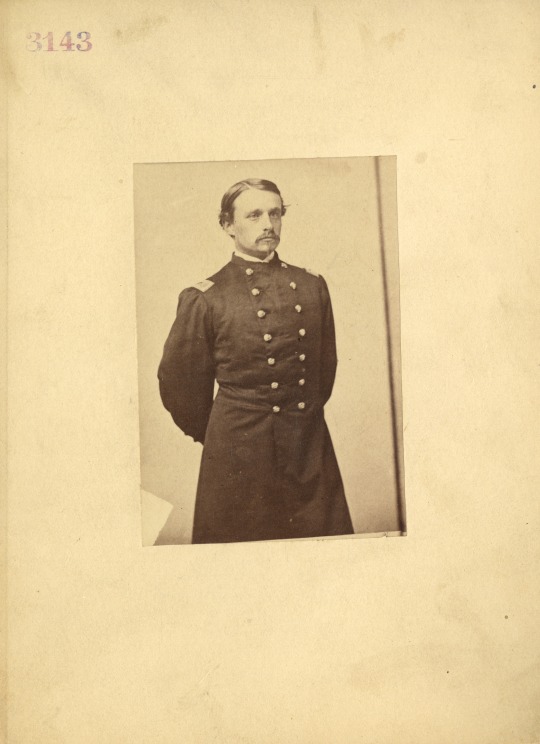
The legacy of the 54th Massachusetts Infantry Regiment extends beyond their military achievements. By demonstrating the valor and capability of African American soldiers, they helped change public opinion and policies, leading to the enlistment of nearly 200,000 African American men in the Union forces by the war’s end.
Additional resources:
https://www.archives.gov/exhibits/american_originals/54thmass.html
https://prologue.blogs.archives.gov/2018/02/01/black-history-month-the-54th-massachusetts/
https://www.archives.gov/education/lessons/blacks-civil-war/compiled-service-records.html
https://www.archives.gov/education/lessons/blacks-civil-war/douglass-sons.html
https://prologue.blogs.archives.gov/2021/07/09/facial-hair-friday-robert-gould-shaw/
https://docsteach.org/documents/document/casualty-list-54th-massachusetts-assault-on-fort-wagner
https://www.archives.gov/research/african-americans
#Black History Month#African American History#Veterans#Military History#National Archives#54th Massachusetts Infantry
113 notes
·
View notes
Text
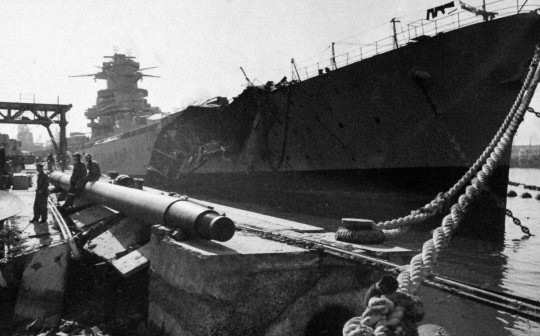
The damaged French Battleship Jean Bart at Casablanca Harbor, Morocco, during the first days of the U.S. campaign in North Africa.
Date: November 8-16, 1942
Naval History and Heritage Command: 80-G-19918
#French Battleship Jean Bart#Jean Bart#Richelieu Class#French Battleship#Battleship#Warship#Ship#French Navy#Marine Nationale#La Royale#World War II#World War 2#WWII#WW2#WWII History#History#Military History#Operation Torch#Naval Battle of Casablanca#Casablanca#Morocco#North African Theater#November#1942#my post
22 notes
·
View notes
Text








Buffalo soldiers
#buffalo soldier#soldiers#united states military#black history#black pride#black history month#black lives matter#black history matters#black archives#black community#black excellence#black americans#african american history#american history#african american
136 notes
·
View notes
Text

A close up of a British heavily armed patrol of ‘L’ Detachment SAS in their jeeps,just back from a 3 month patrol. January 18 1943.
15 notes
·
View notes
Note
Tank Man, I know it's not a tank exactly but what is this goofy ahh looking APC thing?



Calidus Wahash, UAE APC, 2019, Calidus and ADG mobility
This is a new APC developed by the UAE in collaboration with the South African firm ADG. There are some sources that say it uses a modified BMP3 turret, and on visuals alone I'm inclined to believe it, but I can't find any solid confirmation on that.
97% confidence
21 notes
·
View notes
Text

“Buffalo Soldiers in California establishes Brian Shellum as the leading scholar on the military career of Colonel Charles Young, and this book provides important insight into San Francisco’s race relations at the turn of the twentieth century, the day-to-day life of Buffalo Soldiers in a western urban city, and the largely unknown role of Black soldiers as both ‘guardians’ and a superintendent of Sequoia and General Grant National Parks. Most critically, Shellum reveals an important phase in the life of a remarkable man and an important Black leader.”
7 notes
·
View notes
Text

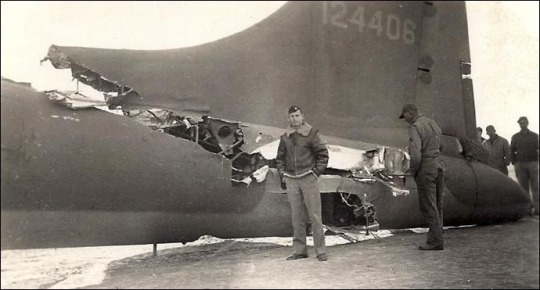
Les résultats d'une collision entre le bombardier B-17 'All American' du 414th Squadron du 97th Bombardment Group et une aile d'un Messerschmitt Me 109 après une mission de bombardement (objectif récurrent, le port de Tunis) – Campagne d'Afrique du Nord – Biskra – Algérie – 1er février 1943
©National Museum of the Air Force, 050524-F-1234P-015
#WWII#campagne d'afrique du nord#north african campaign#aviation militaire#military aviation#bombardier#bomber#bombardier lourd#heavy bomber#boeing B-17 Flying Fortress#B-17 Flying Fortress#B-17#flying fortress#biskra#algérie#algeria#01/02/1943#02/1943#1943
75 notes
·
View notes
Text


Men of the Harlem Hellfighters (369th Infantry), some of whom had been awarded the Croix de Guerre by France for their courage under fire, on June 11, 1918.
Record Group 165: Records of the War Department General and Special Staffs
Series: American Unofficial Collection of World War I Photographs
File Unit: Colored Troops
Image description: A line of Black soldiers standing shoulder to shoulder in a grassy field. They are wearing World War I U.S. Army uniforms and narrow metal helmets.
Transcription:
SUBJECT: 165-WW-127-4 NUMBER EU
165 WW-127 4
Inter. Film Ser. Photographer
Rec'd June 11, 1916 Taken
DESCRIPTION:
NEGRO TROOPS IN FRANCE.
Picture shows a part of the 15th Regt. Inf. N.Y.N.G organized by Col. Haywood, which has been under fire. Two of the men Privates Johnson and Roberts, displayed exceptional courage while under fire and routed a German Raiding party for which the negroes were decorated with the French Croix de Guerre. it will be noticed that the men have taken to the French trench helmet instead of the flatter and broader British style.
#archivesgov#June 11#1918#1910s#World War I#WWI#military#U.S. Army#Black history#African American history#Harlem Hellfighters#369th Infantry#15th New York National Guard#Henry Johnson#Henry “Black Death” Johnson#Needham Roberts#who lied about his age to enlist and was seventeen at this time
157 notes
·
View notes
